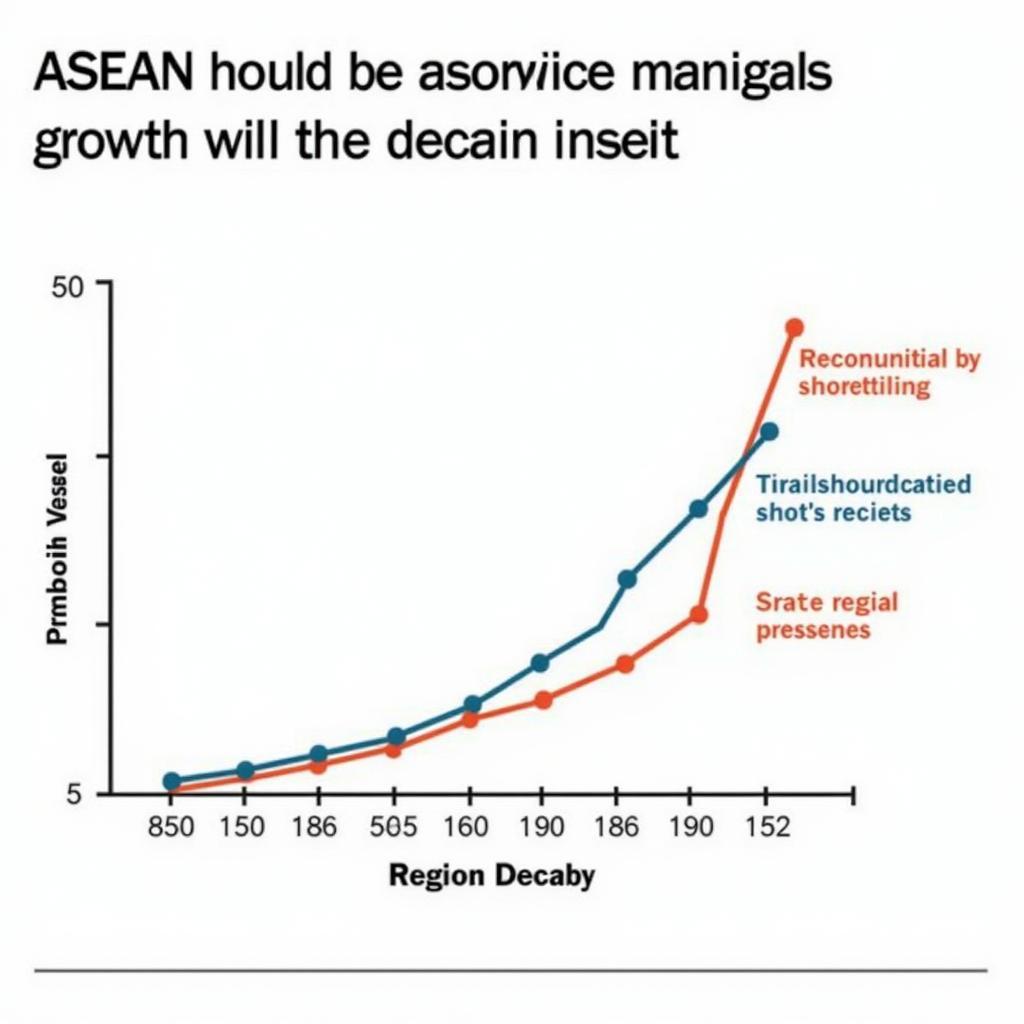The Association of Southeast Asian Nations, commonly known as ASEAN, comprises 10 member states. This dynamic bloc plays a vital role in fostering economic growth, political stability, and socio-cultural cooperation within Southeast Asia. This comprehensive guide will delve into the asean 10 members and their significance in the global landscape.
Understanding the ASEAN 10 Members
The Asean 10 Members represent a diverse tapestry of cultures, languages, and political systems, yet they are united by their shared commitment to regional development and integration. The founding members, Indonesia, Malaysia, the Philippines, Singapore, and Thailand, laid the groundwork for ASEAN in 1967. Subsequently, Brunei Darussalam, Vietnam, Laos, Myanmar, and Cambodia joined, solidifying the organization’s presence across Southeast Asia.
Who are the 10 original members of asean?
The five founding nations – Indonesia, Malaysia, the Philippines, Singapore, and Thailand – recognized the importance of regional cooperation amidst the Cold War tensions. Their vision was to create a zone of peace and stability, fostering economic and social progress. These five countries established the foundation upon which the modern ASEAN stands.
Economic Powerhouse: ASEAN’s Collective Strength
The combined economic power of the ASEAN 10 members is substantial, making the region a significant player in the global economy. From manufacturing and tourism to agriculture and technology, ASEAN boasts a diverse range of industries that contribute to its economic dynamism. Intra-ASEAN trade and investment further bolster the region’s growth, promoting economic interdependence and prosperity.
 ASEAN Economic Growth
ASEAN Economic Growth
What makes ASEAN attractive to investors?
ASEAN’s strategic location, abundant natural resources, and young, dynamic workforce make it an attractive destination for foreign investment. Furthermore, the region’s commitment to free trade and investment liberalization creates a favorable business environment. The ASEAN Economic Community blueprint further strengthens regional economic integration, facilitating the free flow of goods, services, investment, and skilled labor.
Socio-Cultural Harmony: Bridging Differences
Despite the diversity of its members, ASEAN promotes socio-cultural cooperation to foster understanding and harmony. Educational exchanges, cultural festivals, and sports events provide platforms for people-to-people interactions, strengthening ties and promoting a sense of shared identity.
 ASEAN Cultural Diversity
ASEAN Cultural Diversity
How does ASEAN address social issues?
ASEAN actively addresses social issues such as poverty eradication, environmental protection, and disaster management. Collaborative initiatives and regional frameworks are implemented to tackle these challenges collectively, demonstrating the organization’s commitment to improving the lives of its citizens.
“ASEAN’s strength lies in its ability to bridge cultural and political differences, working together to address shared challenges and build a brighter future for the region,” says Dr. Anya Sharma, a prominent Southeast Asian Studies expert.
Political Landscape: Navigating Complexities
The political landscape of ASEAN is complex, with each member state having its own unique system of governance. Despite these differences, ASEAN upholds the principles of non-interference in internal affairs and peaceful resolution of disputes. The organization serves as a platform for dialogue and cooperation on regional security issues, promoting stability and preventing conflict.
How does ASEAN promote regional peace and security?
ASEAN plays a crucial role in maintaining peace and security in the region through various mechanisms, including the ASEAN Regional Forum and the East Asia Summit. These platforms facilitate dialogue and cooperation among member states and external partners, addressing security challenges and promoting a rules-based regional order.
“ASEAN’s commitment to multilateralism and dialogue is essential for navigating the complex geopolitical landscape of Southeast Asia,” states Professor Michael Tan, a renowned political analyst specializing in ASEAN affairs.
The Future of ASEAN: Embracing Opportunities
10 members of asean summit continues to evolve, adapting to new challenges and embracing opportunities. The organization is focused on strengthening regional integration, enhancing competitiveness, and promoting sustainable development. As ASEAN moves forward, it will play an increasingly important role in shaping the future of Southeast Asia and its position in the global arena.
In conclusion, the 10 members of asean represent a dynamic and diverse region with immense potential. Through cooperation and integration, ASEAN is building a brighter future for Southeast Asia, fostering economic prosperity, socio-cultural harmony, and political stability.
FAQ
- What does ASEAN stand for?
- When was ASEAN established?
- How many members are there in ASEAN?
- What are the main objectives of ASEAN?
- How does ASEAN contribute to regional development?
- What are the challenges faced by ASEAN?
- How can I learn more about ASEAN?
Need support? Contact us 24/7:
Phone: 0369020373
Email: aseanmediadirectory@gmail.com
Address: Thon Ngoc Lien, Hiep Hoa, Bac Giang, Vietnam.

